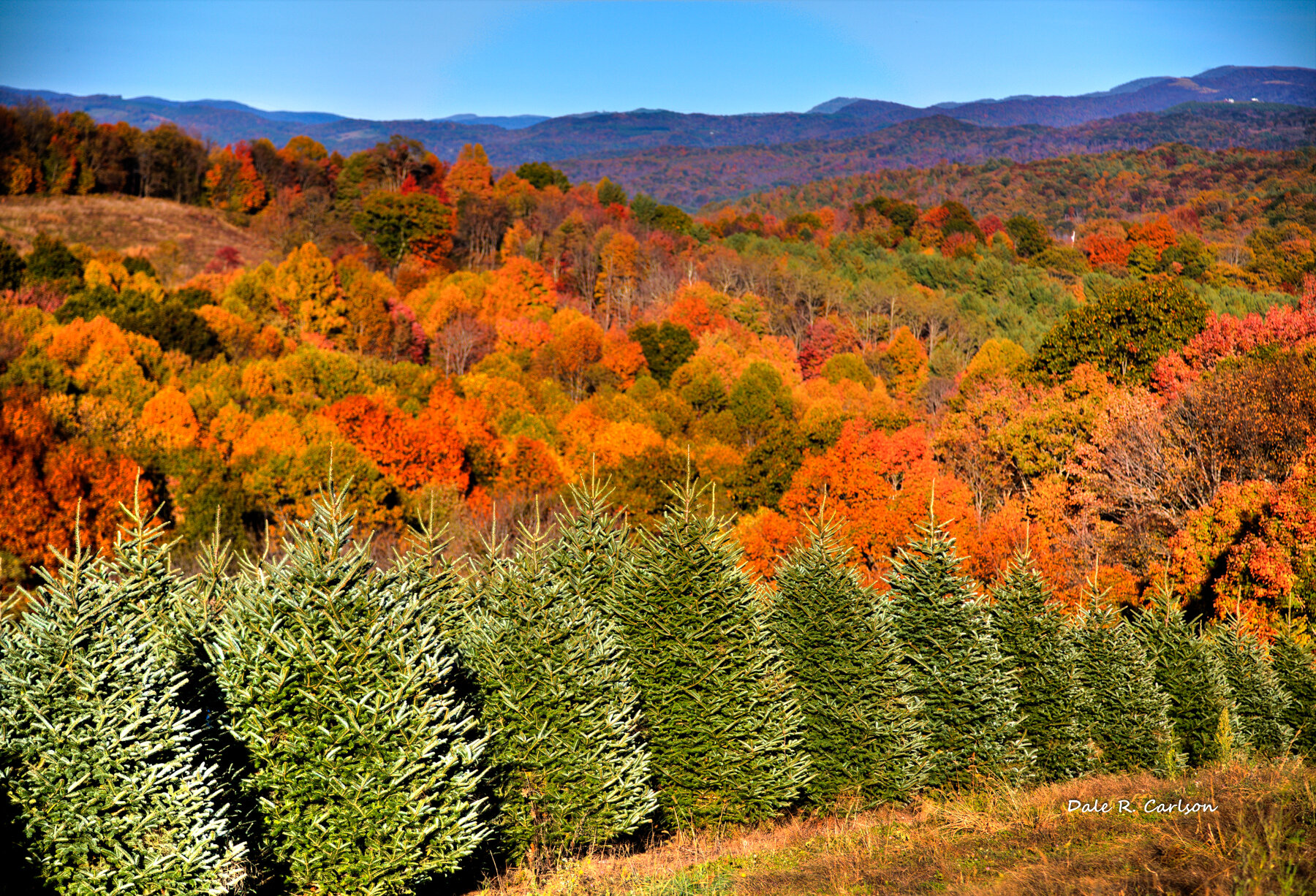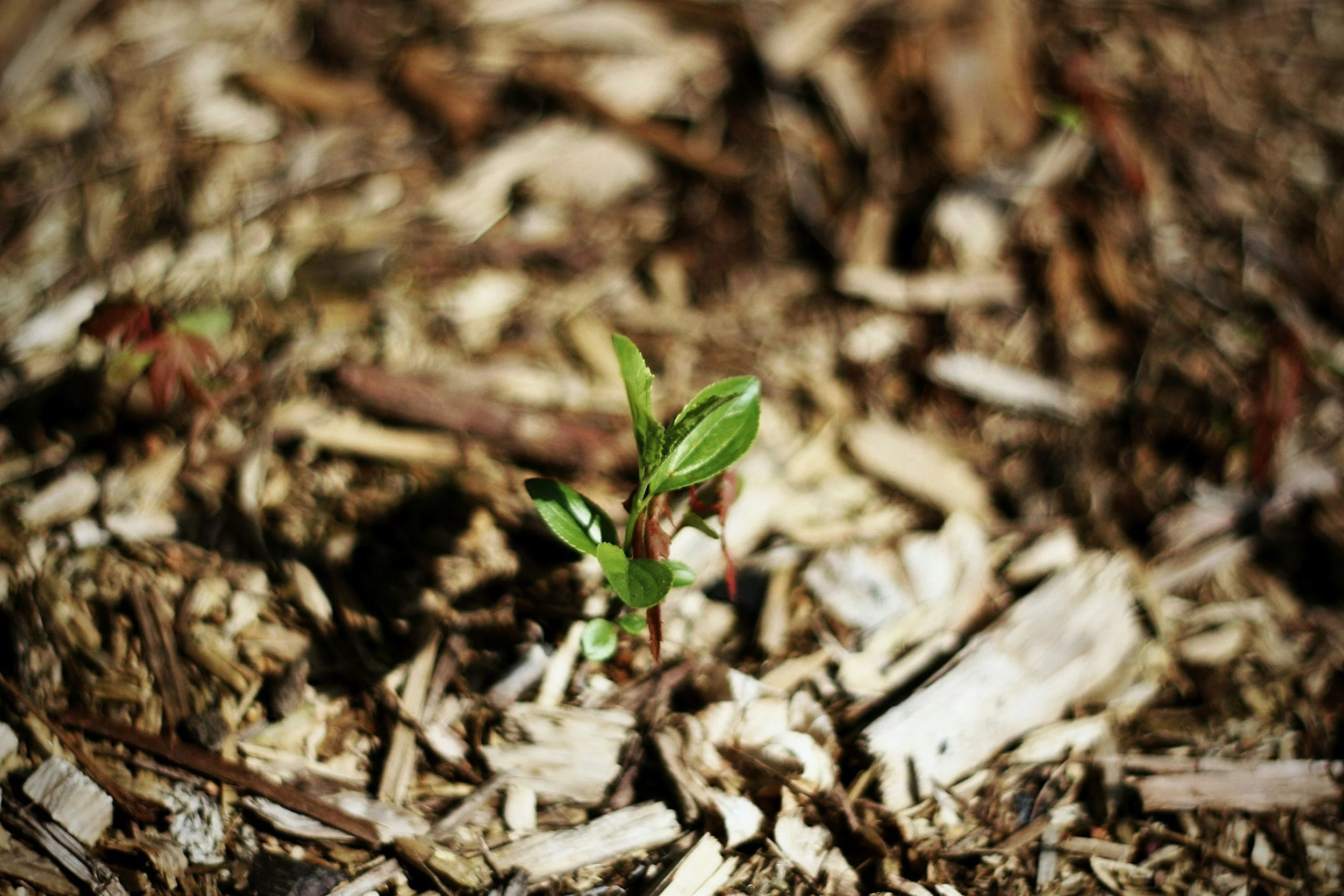
Real vs. Artificial: What’s the Greener Christmas Tree?
Helping You Make an Informed Choice
Every year, families ask the same question:
“Is it better to buy a real Christmas tree or an artificial one?”
It’s a good question — and the answer depends on what matters most to you.
At Hart-T-Tree Farms, we believe in helping families make thoughtful, informed choices rooted in care for the environment, community, and tradition.
Real Trees: A Renewable, Local Crop
A real Christmas tree isn’t cut from the forest — it’s grown on a farm, just like any other crop.
Here in the Blue Ridge Mountains, every tree we harvest has spent years absorbing carbon dioxide, producing oxygen, and providing shelter for birds and other wildlife.
Each acre of Christmas trees:
Produces enough oxygen for 18 people every day
Prevents erosion and stabilizes steep mountain soils
Provides valuable open-space habitat for wildlife
Supports local families, rural economies, and small businesses
And for every tree harvested, growers plant one to three new seedlings to begin the cycle again.
When your season ends, that real tree can be recycled or composted — turned into mulch, used for shoreline restoration, or returned to the soil. Nothing is wasted.
Artificial Trees: Manufactured, Not Grown
Artificial trees are typically made from PVC plastic and metal, produced overseas in large factories, then shipped thousands of miles to the U.S.
While they can be reused for several years, they can’t be recycled, and eventually end up in landfills, where they won’t decompose.
To offset the manufacturing and shipping impact, most studies suggest an artificial tree would need to be used for 8–10 years before it matches the lower carbon footprint of a single, responsibly farmed real tree.
So, if you already own an artificial tree and plan to use it for many years — that’s a responsible choice too. But if you want a renewable, biodegradable, and local option, a real tree is hard to beat.
How Real Tree Farming Protects the Environment
North Carolina Christmas tree growers follow science-based management practices that protect soil, water, and wildlife.
At Hart-T-Tree Farms, we use Integrated Pest Management (IPM) — a careful system of monitoring and prevention where we only use targeted treatments when absolutely necessary to protect tree health.
That means:
Responsible, low-spray methods guided by NC State Extension research
Applications made only by licensed professionals using state-approved materials
Careful timing to protect pollinators and waterways
Ongoing soil and slope management to prevent erosion and runoff
Growing Christmas trees keeps thousands of acres of mountain farmland green, working, and undeveloped — preserving open space and the scenic beauty that defines our region.
After the Holidays: The Circle Continues
When the holidays are over, your real tree can continue doing good:
Mulch it to enrich your garden soil
Recycle it through your local collection program
Return it to nature — many parks and wildlife programs use recycled trees to build fish habitats or prevent shoreline erosion
You can even plant a new seedling in its place — continuing the cycle of renewal.
Why We Believe Real Is Better
Real Christmas trees are:
Renewable and biodegradable
Locally grown and harvested
Supportive of rural communities
A living part of your holiday tradition
Artificial trees are convenient, but they’ll never replace the scent, freshness, or connection to land that a real tree provides.
When you choose a real tree, you’re not just decorating your home — you’re helping keep farms green and mountain communities thriving.
Your Choice Makes a Difference
Every family’s tradition is different.
Whether you bring home a fresh Fraser fir each year or reuse the same artificial tree, the most important thing is to celebrate intentionally — with care for the planet and gratitude for the land that sustains us all.
When you choose a real tree from a responsible North Carolina farm, you’re choosing clean air, healthy soil, and the future of farming in the Blue Ridge Mountains.
Real trees are renewable. Artificial trees are replaceable.
Grow green. Choose real.



